SRAM releases details of new inverted fork, plus carbon tubular wheels
Originally posted on April 8, 2014 at 11:59 am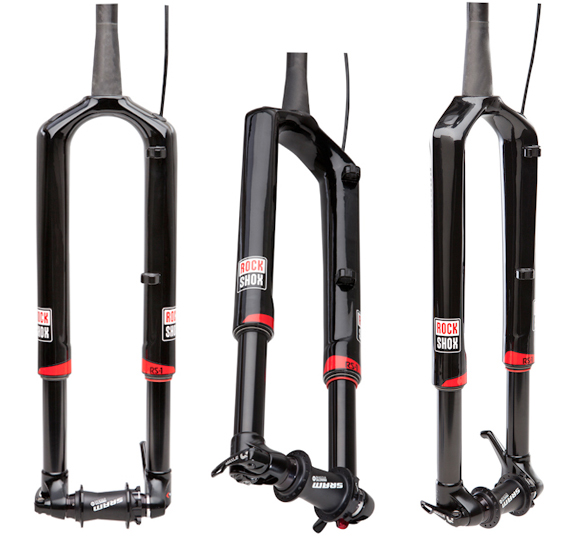
After weeks of teasing, RockShox today announced details of its inverted RS-1 cross-country race fork and a line of Rise XX carbon tubular wheels to accompany it to the podium.
RS-1
While the SID platform has been winning races all over the world for years, RockShox started from scratch and returned to the inverted design that has been tried (often unsuccessfully) by brands all over the world. The new fork uses an old name—RS-1 was the first RockShox suspension fork—but the new fork is thoroughly modern. By using a one-piece carbon fiber crown and steerer and a new axle system RockShox was able to achieve the stiffness needed for the inverted design to work.
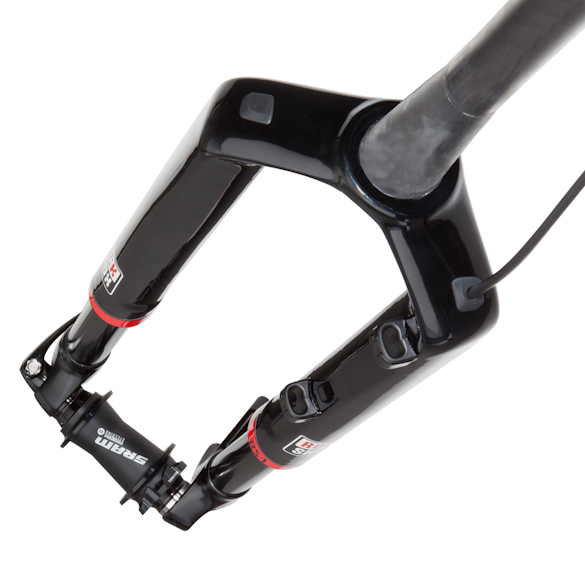
The Maxle Ultimate system is paired with a hub design called Predictive Steering. It starts with a 15mm Maxle Ultimate that mates with an oversized axle that is built into the proprietary hub offered in the Rise XX, Rise 60 and Roam 50 29er wheels. This larger tube is clamped between the fork dropouts and essentially becomes a structural part of the fork, acting as a giant axle.


Since XC racers run their suspension firm to provide the best pedaling feedback, RockShox developed a new Accelerator damper to meet the needs of racers by providing more platform when its needed and more plushness when possible. The lockout is now firmer, and the Rapid Recovery system keeps the fork riding in its sweet spot on successive hits. If you want to tune the air volume for a more progressive, bottomless feel, you can use the RockShox Bottomless Tokens which thread into the top caps just as they do in the Pike. They will also work in SID, Reba and Revelation forks.
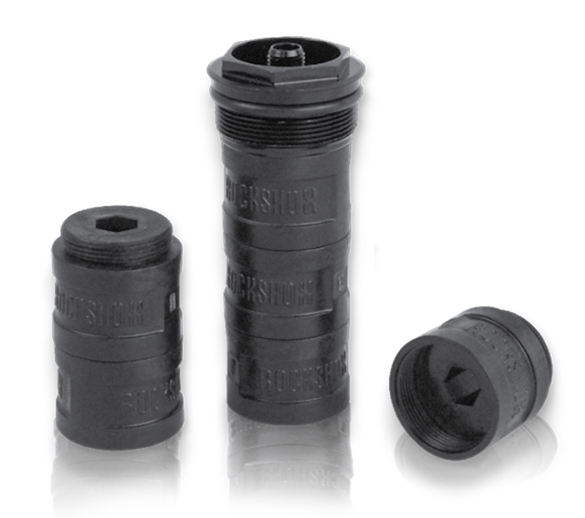

The RS-1 is built for 29-inch wheels, with 32mm stanchions and travel is adjustable from 80/100/120mm. Two offsets are available, 46mm and 51mm. The Solo Air spring uses the Accelerator damper and is compatible with an XLoc remote lockout. The claimed weight is 1,666 grams (3.67 pounds).

The RS-1 fork will become available in June for $1,865.
Rise XX
To go along with the new fork is a new line of Rise XX wheels. Built without compromise to be the lightest possible race wheels, the Rise XX have carbon tubular rims and ceramic bearings. Offered in 29-inch only, they will of course be compatible with the RS-1 fork, though they can also be converted to other axle types, and between a 10-speed and 11-speed XD freehub. The claimed weight is an astounding 1,285 grams in their lightest configuration.
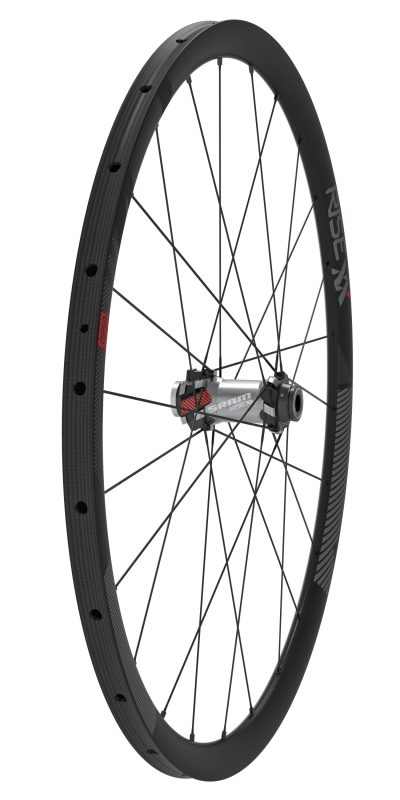
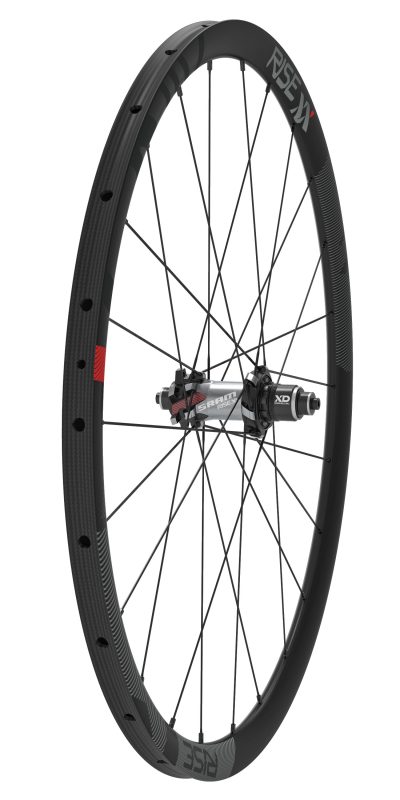
The rear hub in the Rise XX wheels uses SRAM’s Double Time mechanism, which is a 4-pawl design that uses a 26-tooth ratchet system for 52 points of contact. This results in a tiny 6.9-degree engagement. The front hub is built around the new Predictive Steering system.
The Rise XX wheels will be available in May and they won’t be cheap, starting at $2,820.
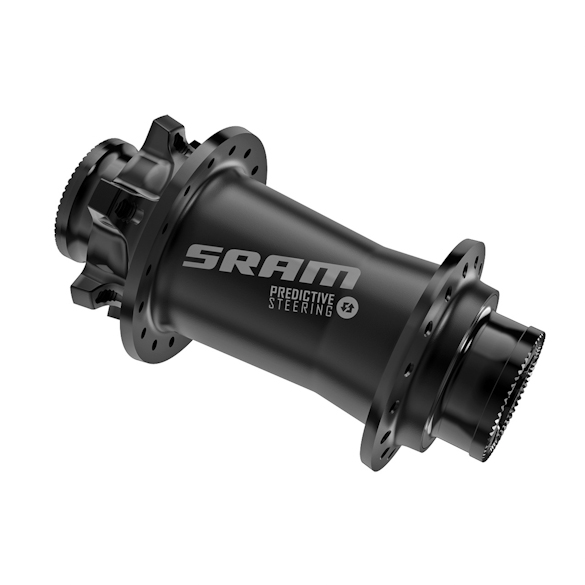
If you’d like to build your own wheels to go with the RS-1 fork, however, the Predictive Steering hub will also be available with 28 or 32 j-bend spoke holes for $238.